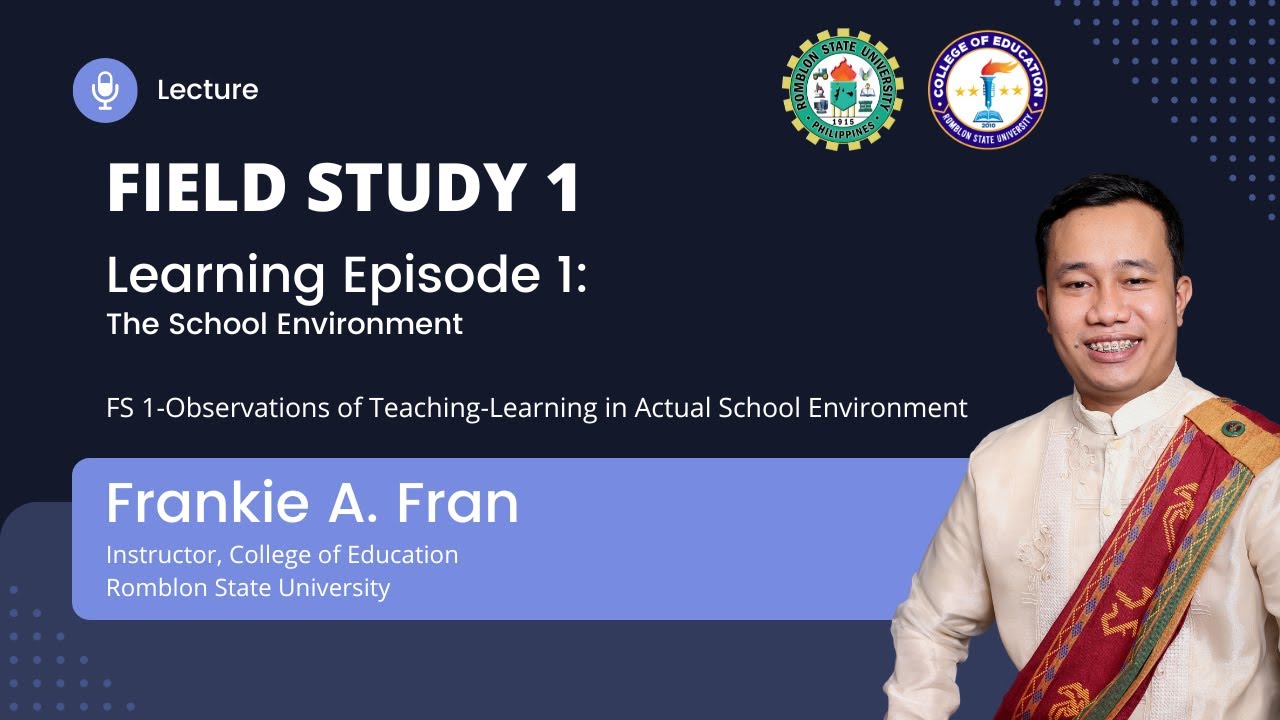UMN MMT TFC VHD M05 P01 240223 V01 UP
Summary
TLDRDr. Florentina introduces the financial market, explaining its structure and functions. She outlines the financial system as a framework for transactions involving financial instruments, overseen by regulatory bodies like Bank Indonesia and OJK. The lecture covers debt and equity markets, distinguishing between short-term (money market) and long-term (capital market) instruments. It also differentiates between primary and secondary markets, where new issues are first sold and then traded, respectively. Exchange and over-the-counter markets are also discussed, providing a comprehensive overview of financial market categories.
Takeaways
- 🏦 The financial system is a framework involving individuals, organizations, or markets that engage in financial transactions.
- 📊 It is regulated by financial institutions such as Bank Indonesia and OJK ( Otoritas Jasa Keuangan ).
- 💼 The instructor of the financial market discusses the financial system and its functions.
- 📈 The financial market is categorized into debt and equity markets, primary and secondary markets, exchange and over-the-counter markets, and money and capital markets.
- 💵 Debt market involves transactions where the issuer (borrower) receives money and the holder (lender) receives fixed payments over time.
- 📉 Equity market involves the trading of common stock, where the holder does not have ownership rights but can earn from the company's profits.
- 💼 Primary market is where financial instruments are first issued by borrowers.
- 🔄 Secondary market is where existing financial instruments are traded among lenders.
- 🌐 Exchange markets, like the New York Stock Exchange or Jakarta Stock Exchange, are centralized locations for trading secondary market titles.
- 📊 Over-the-counter markets are decentralized locations where secondary market titles are traded.
- 💹 Money market deals with short-term debt, while capital market handles long-term debt.
Q & A
What is the main topic of the lecture given by Dr. Florentina?
-The main topic of the lecture is the financial market, which is divided into two parts: an overview of the financial system and the function of the financial market.
What is the financial system according to the lecture?
-The financial system is a framework consisting of individuals, organizations, or markets engaged in the transactions of financial instruments and includes regulatory financial institutions.
Who are some of the regulatory financial institutions mentioned in the lecture?
-The lecture mentions Bank Indonesia and OJK ( Otoritas Jasa Keuangan ) as part of the Indonesia Financial system.
What are the categories into which the instructor breaks down the financial market?
-The instructor breaks down the financial market into four categories: Debt and Equity Market, Primary and Secondary Market, Exchange and Over-the-Counter Market, and Money and Capital Market.
What is the Debt Market and how does it function?
-The Debt Market involves the issuance of titles where the issuer (borrower) receives an initial amount of money and the holder (lender) receives fixed payments over a specified period or at maturity.
What are the different types of debt instruments mentioned and their respective maturity periods?
-The types of debt instruments mentioned are mortgage or bonds for common debt, short-term debt with maturity less than one year, intermediate debt with maturity around 1 to 10 years, and long-term debt with maturity more than 10 years.
How are short-term and long-term debts traded in different markets?
-Short-term debt transactions are conducted in the Money Market, while long-term debt transactions are conducted in the Capital Market.
What is the Primary Market and its role in the financial system?
-The Primary Market is where financial instruments are initially issued by borrowers, marking the first point of sale for investors.
What is the Secondary Market and how does it differ from the Primary Market?
-The Secondary Market is where existing financial instruments are traded among lenders, as opposed to being newly issued by borrowers as in the Primary Market.
What are Exchange Markets and provide some examples?
-Exchange Markets are centralized locations where titles from the Secondary Market are traded. Examples include the New York Stock Exchange and Jakarta Stock Exchange.
What is the difference between the Money Market and the Capital Market?
-The Money Market is where only short-term debts are traded, while the Capital Market is for long-term debts.
Outlines

Cette section est réservée aux utilisateurs payants. Améliorez votre compte pour accéder à cette section.
Améliorer maintenantMindmap

Cette section est réservée aux utilisateurs payants. Améliorez votre compte pour accéder à cette section.
Améliorer maintenantKeywords

Cette section est réservée aux utilisateurs payants. Améliorez votre compte pour accéder à cette section.
Améliorer maintenantHighlights

Cette section est réservée aux utilisateurs payants. Améliorez votre compte pour accéder à cette section.
Améliorer maintenantTranscripts

Cette section est réservée aux utilisateurs payants. Améliorez votre compte pour accéder à cette section.
Améliorer maintenantVoir Plus de Vidéos Connexes

Think Cultural Health Case Study: Cultural and religious beliefs

Mr Bean Cooking the CHRISTMAS Dinner | Mr Bean: The Movie | Classic Mr Bean

What if AI debated ABORTION?

Why Experts are Warning Against Fasting - Dr. Peter Attia, Dr. Rhonda Patrick, Dr. Gabrielle Lyon

Dr. Esselstyn: “Mediterranean Diet (and Olive Oil) creates Heart Disease!”

Field Study 1-Learning Episode 1: The School Environment

Daily Habits for Better Brain Health | Jim Kwik & Dr. Daniel Amen
5.0 / 5 (0 votes)
